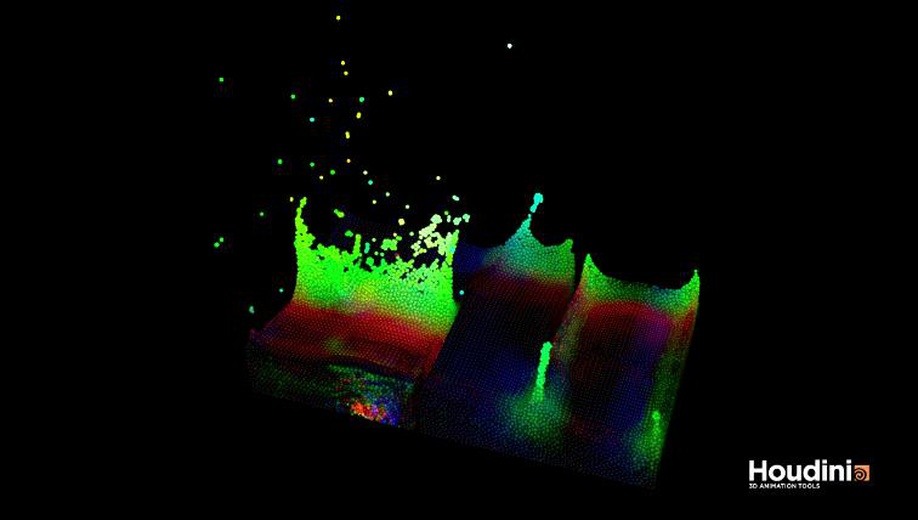Tech Project
Description of the challenges faced by the Tech Project
The Mont-Blanc project aims to design a new type of computer architecture capable of setting future HPC standards, built from energy efficient solutions used in embedded and mobile devices. The project has been running since 2011 and was extended in 2013 (Mont Blanc 2) and 2015 (Mont Blanc 3), respectively. In particular, Mont Blanc 3 will enable further development of the OmpSs programming model to automatically exploit multiple cluster nodes, transparent application checkpointing for fault-tolerance, support for ARMv8 64-bit processors, and the initial design of the Mont-Blanc Exascale architecture. HLRS contribution to the project is twofold. Firstly, we participate in the development of the programming model with the aim to overlap MPI communication with computation. Secondly, HLRS contributes to the evaluation of the programming model and the architecture by porting representative scientific application, and monitoring/benchmarking its runtime efficiency. This latter focus offers room for an artistic residency.
Brief description of technology
In collaboration with Hochschule der Medien (HdM, Stuttgart Media University) we use a Smoothed Particle Hydrodynamics (SPH) Code to simulate physically-accurate liquids for computer graphics. Different pressure, viscosity as well as surface tension models are included and influence the visual appearance of the fluid. The code is written in C++11 and parallelized using OpenMP and MPI. The application is designed to be suitable as a desktop as well as a cluster application. Currently, we only include static boundary objects into the simulation but we plan to include dynamic objects by adding feedback forces and handling the boundary objects as rigid bodies. To create more sophisticated simulations we also include arbitrary force fields, hence, allowing for artistic manipulation of the overall fluid flow. The results of the physical simulation are then used as input for rendering of various scenes in movies.
What the project is looking to gain from the collaboration and what kind of artist would be suitable
The resident artist will have access to the technology described above. In addition, we are willingly to provide all content generated during the development of the simulation, such as source code, and all data recorded through the monitoring system during execution of the application on the cluster, such as particularly performance measurements and energy consumption. The artist if free to exploit any of the data artistically.
Resources available to the artist
We will offer the artist an inspiring and steady workplace including internet connection at HLRS for the period of the residency. The artist will be fully integrated in the daily routine for the Mont Blanc 3 project at HLRS.



